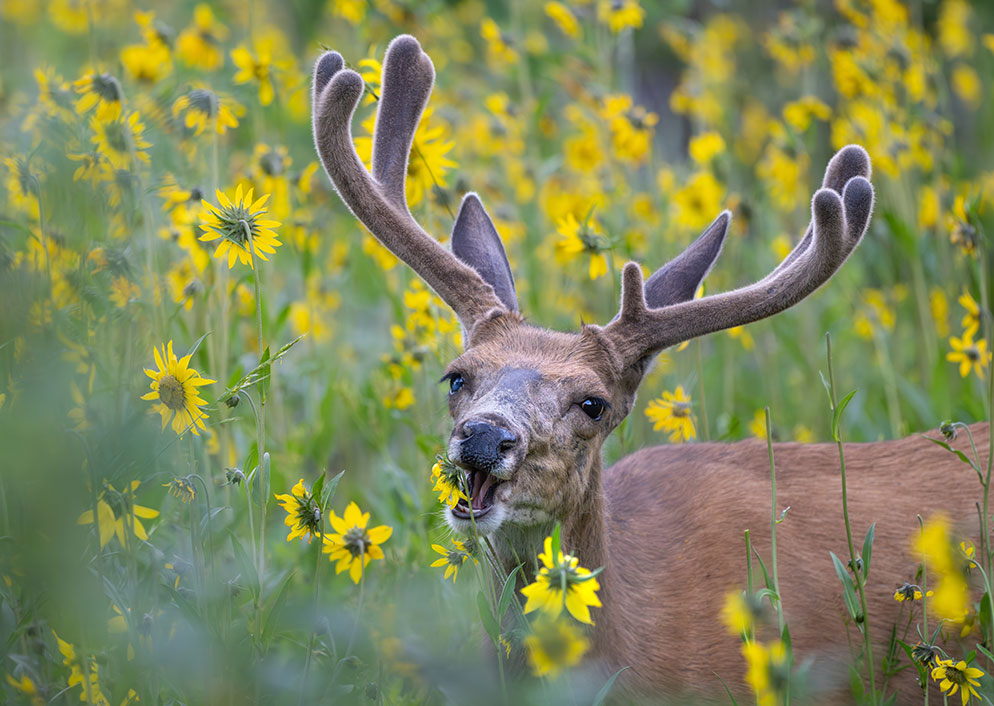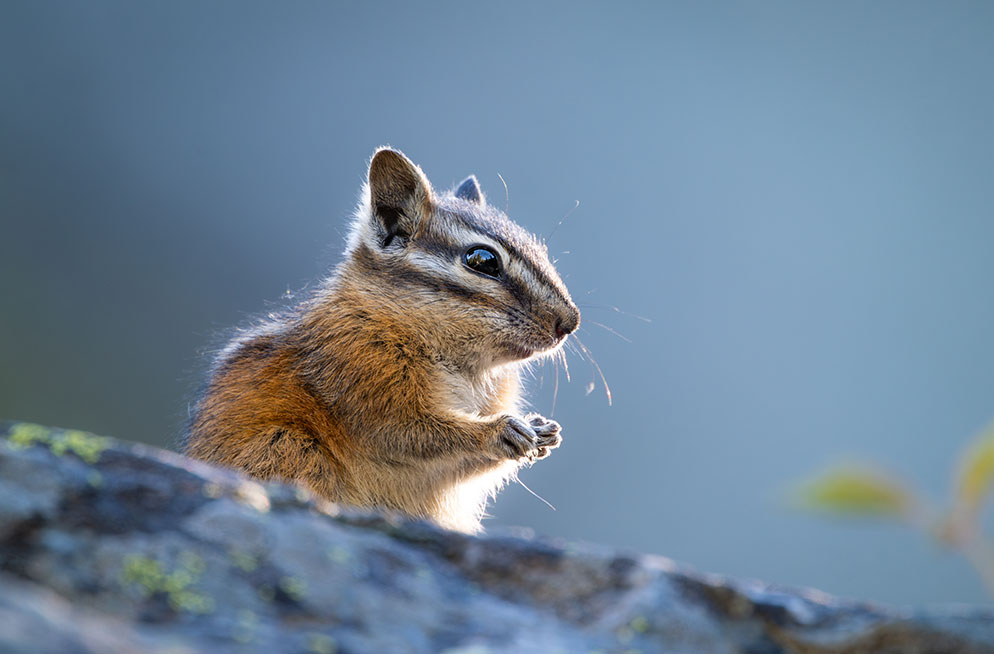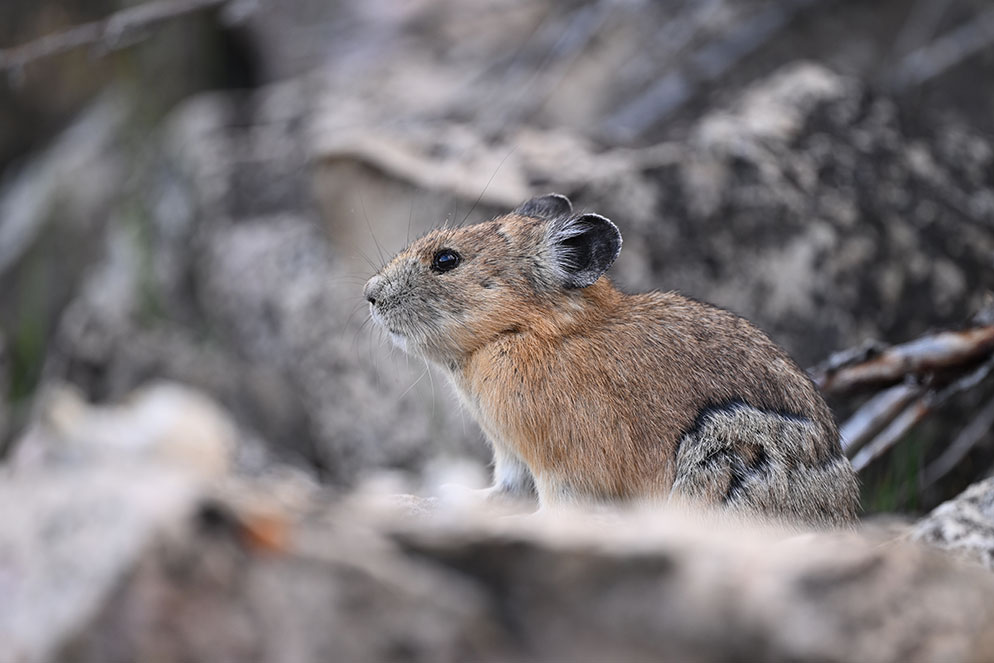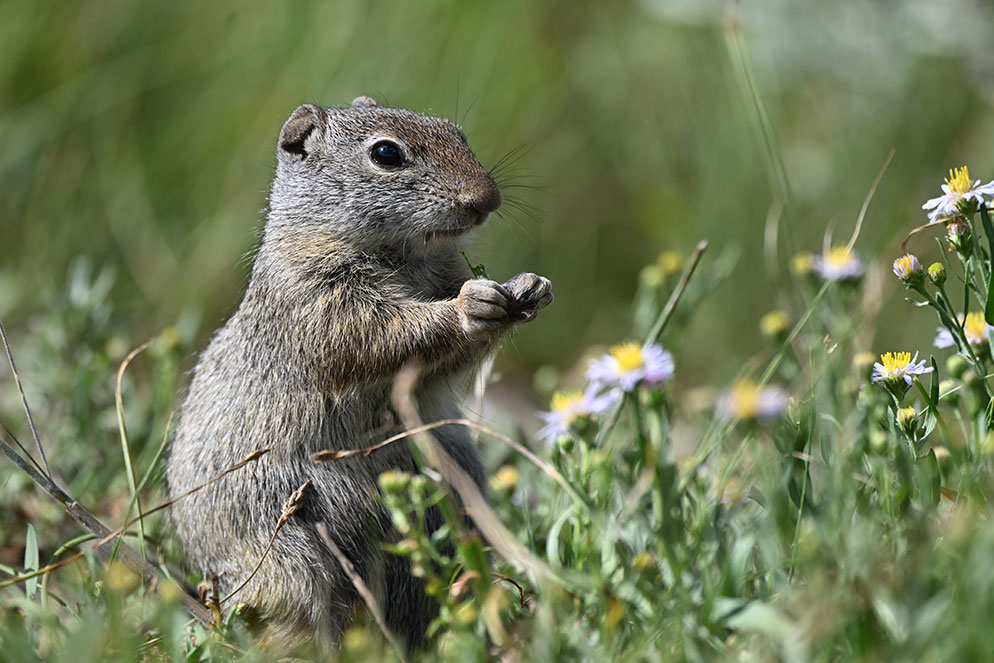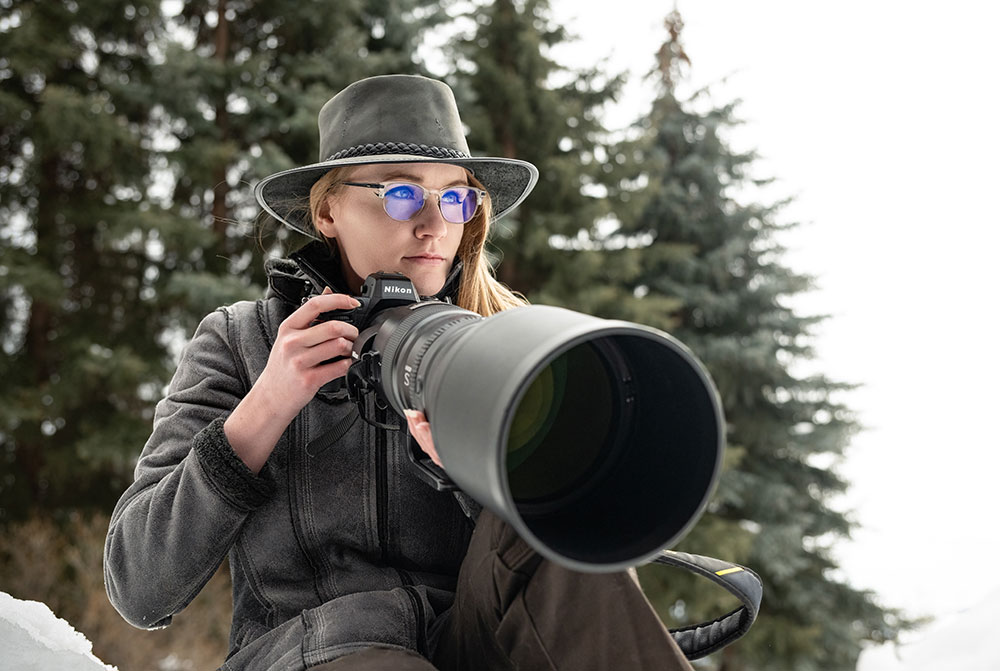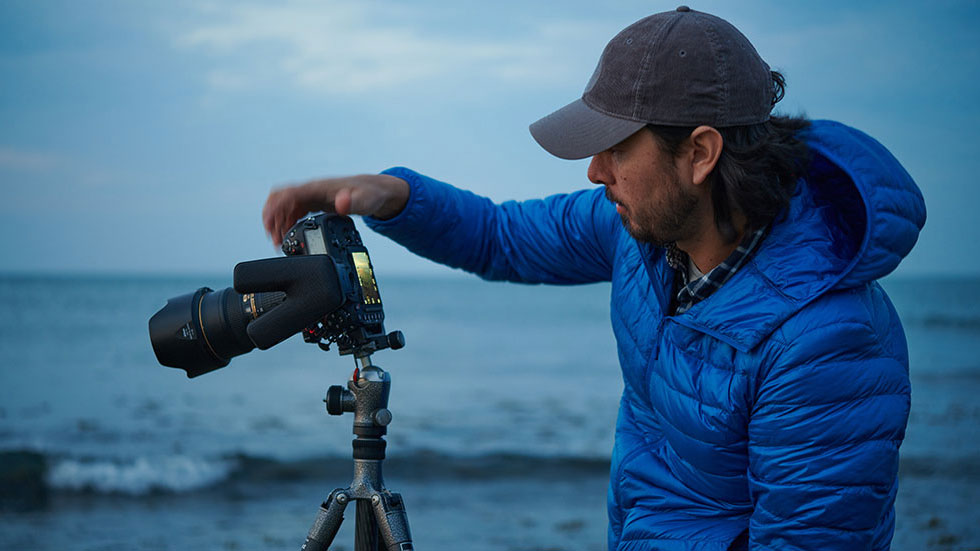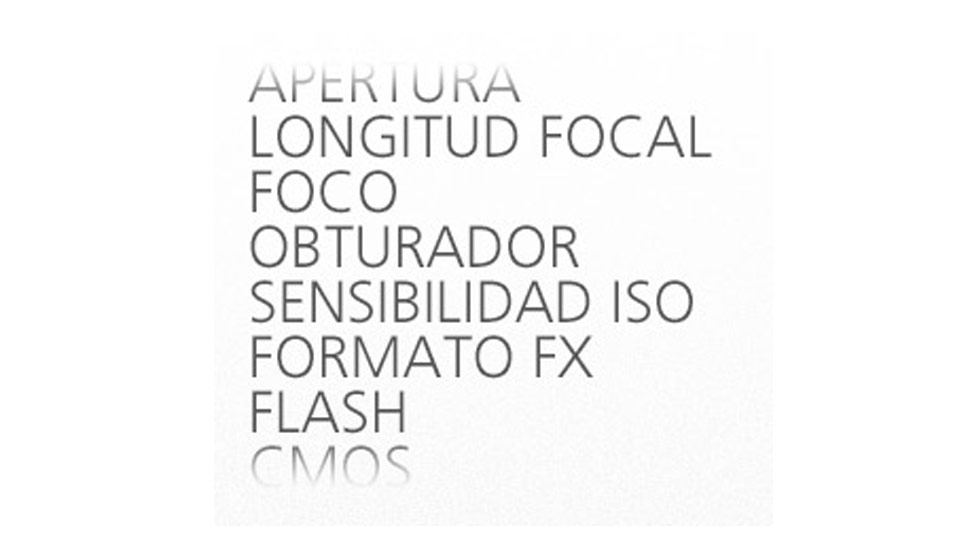Immersed in Wildlife with Savannah Rose and the NIKKOR Z 600mm f/6.3 VR S
Hummingbird photographed using the NIKKOR Z 600mm f/6.3 VR S lens.
Savannah Rose is passionate about the earth's biodiversity and has been immersed in the wild world her entire life. As a full-time freelance wildlife photographer and camera trap technician, she strives to capture portraits of the most evocative and elusive creatures in North America.
Savannah had the opportunity to test out the NIKKOR Z 600mm f/6.3 VR S lens and was stunned by the light weight and maneuverability of the lens. “I would just carry the lens in my hand as I explored,” she says. The VR image stabilization helped her out greatly as she often works in dark woodlands and late in the afternoon when the animals are more active. “Being able to capture sharp images in low light is crucial to me. Even at f/6.3, these low-light images [are] astonishingly sharp, making me wonder if a wider aperture is even necessary with this cutting-edge technology.”
Savannah’s go to day-to-day lens is the AF-S NIKKOR 400mm f/2.8G ED VR, but she also understands that many people may not be able to afford an f/2.8 super-telephoto prime lens, especially beginning wildlife photographers.
Buck photographed using the NIKKOR Z 600mm f/6.3 VR S lens.
She explains that the NIKKOR Z 600mm f/6.3 VR S lens is only a fraction of that price, with many benefits of a more expensive prime lens. “I often found the images comparable to what I would expect from my 400mm f/2.8,” she notes. The 600mm lens is also lighter and easier to carry, especially when you’re hiking into the backcountry wilderness.
“These smaller primes are an excellent tool for making professional-grade photography accessible to everyone! The resolution of my images is easily comparable in sharpness and detail. I’m someone with high standards of sharpness, and I’m impressed with the resolution of my images [from this lens],” Savannah adds.
Another reason that lens choice is so important to Savannah is that she only works handheld—she doesn’t even own a tripod. “The biggest advantage of handheld shooting is being able to react quickly enough to photograph elusive wild animals—where seconds really count with how quickly you can react and get your glass [focused on the subject].”
At the end of the day, the proof of the lens's capabilities is evident in the end [result] images.
Chipmunk photographed using the NIKKOR Z 600mm f/6.3 VR S lens.
Pika photographed using the NIKKOR Z 600mm f/6.3 VR S lens.
Shooting in low-light, using Animal AF, Savannah found her “keeper shots” rate was impressively high. Photographing Pikas in the dark meant slower shutter speeds, and the VR enabled her to capture very sharp images. Another was getting tack-sharp images of a tail-slapping beaver, which, if you’re unfamiliar, is not an easy task. She explains, “they’re surprisingly quick and agile, and I could back off and fire off a handheld series of images while physically maneuvering around the rocks surrounding the riverbank.”
Squirrel photographed using the NIKKOR Z 600mm f/6.3 VR S lens and Z Teleconverter TC-1.4x for added reach.
Squirrel photographed using the NIKKOR Z 600mm f/6.3 VR S lens.
It is also important to Savannah that she not do anything to alter an animal’s behavior and the quiet and quick AF was a big plus for her. “To achieve true equilibrium with nature, you must focus on being relatively silent, especially around sensitive subjects, like a peregrine falcon I was able to photograph during this project.”
Because she normally uses a faster f/2.8 lens, Savannah did have to get used to shooting at f/6.3. The ease of use of the lighter weight 600mm lens was worth the tradeoff as it let her pursue wildlife farther into the woods and through more difficult terrain.
Savannah concludes, “At the end of the day, the proof of the lens's capabilities is evident in the end [result] images.”


